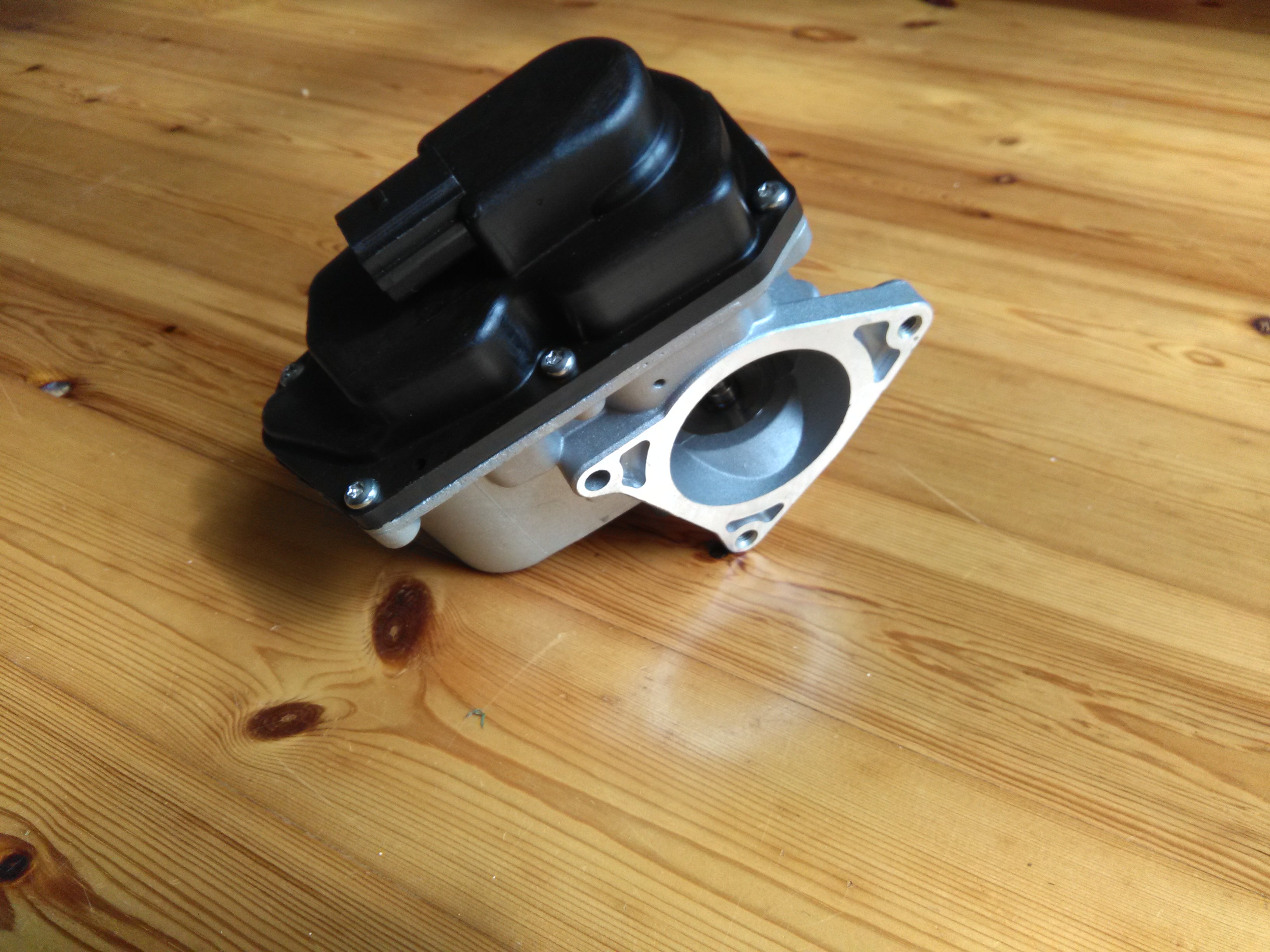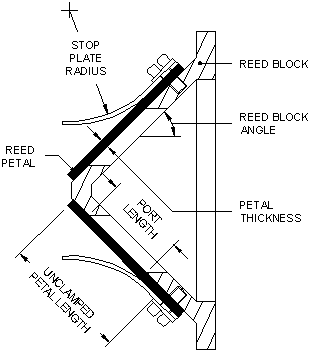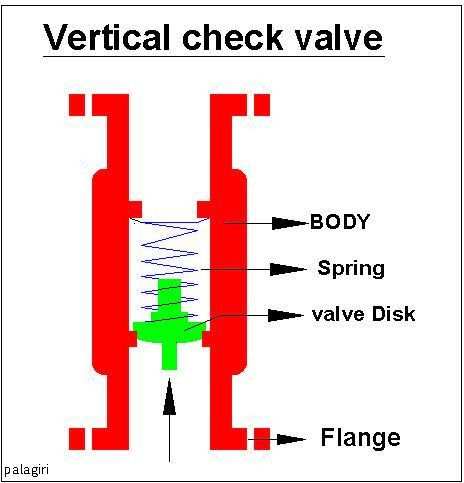|
Secondary Air Injection
Secondary air injection (commonly known as air injection) is a vehicle emissions control strategy introduced in 1966, wherein fresh air is injected into the exhaust stream to allow for a fuller secondary combustion of exhaust gases. Development The mechanism by which exhaust emissions are controlled depends on the method of injection and the point at which air enters the exhaust system, and has varied during the course of the development of the technology. The first systems injected air very close to the engine, either in the cylinder head's exhaust ports or in the exhaust manifold. These systems provided oxygen to oxidize (burn) unburned and partially burned fuel in the exhaust before its ejection from the tailpipe. There was significant unburned and partially burned fuel in the exhaust of 1960s and early 1970s vehicles, and so secondary air injection significantly reduced tailpipe emissions. However, the extra heat of recombustion, particularly with an excessively rich exhaust c ... [...More Info...] [...Related Items...] OR: [Wikipedia] [Google] [Baidu] |
Vehicle Emissions Control
Vehicle emissions control is the study of reducing the emissions produced by motor vehicles, especially internal combustion engines. Types of emissions Emissions of many air pollutants have been shown to have variety of negative effects on public health and the natural environment. Emissions that are principal pollutants of concern include: *Hydrocarbons (HC) – A class of burned or partially burned fuel, hydrocarbons are toxins. Hydrocarbons are a major contributor to smog, which can be a major problem in urban areas. Prolonged exposure to hydrocarbons contributes to asthma, liver disease, lung disease, and cancer. Regulations governing hydrocarbons vary according to type of engine and jurisdiction; in some cases, "non-methane hydrocarbons" are regulated, while in other cases, "total hydrocarbons" are regulated. Technology for one application (to meet a non-methane hydrocarbon standard) may not be suitable for use in an application that has to meet a total hydrocarbon standard. ... [...More Info...] [...Related Items...] OR: [Wikipedia] [Google] [Baidu] |
Throttle
A throttle is the mechanism by which fluid flow is managed by constriction or obstruction. An engine's power can be increased or decreased by the restriction of inlet gases (by the use of a throttle), but usually decreased. The term ''throttle'' has come to refer, informally, to any mechanism by which the power or speed of an engine is regulated, such as a car's accelerator pedal. What is often termed a ''throttle'' (in an aviation context) is also called a thrust lever, particularly for jet engine powered aircraft. For a steam locomotive, the valve which controls the steam is known as the regulator. Internal combustion engines In an internal combustion engine, the throttle is a means of controlling an engine's power by regulating the amount of fuel or air entering the engine. In a motor vehicle the control used by the driver to regulate power is sometimes called the throttle, accelerator, or gas Automobile pedal, pedal. For a gasoline engine, the throttle most commonly regul ... [...More Info...] [...Related Items...] OR: [Wikipedia] [Google] [Baidu] |
Exhaust Gas Recirculation
In internal combustion engines, exhaust gas recirculation (EGR) is a nitrogen oxide () emissions reduction technique used in petrol/gasoline, diesel engines and some hydrogen engines. EGR works by recirculating a portion of an engine's exhaust gas back to the engine cylinders. The exhaust gas displaces atmospheric air and reduces in the combustion chamber. Reducing the amount of oxygen reduces the amount of fuel that can burn in the cylinder thereby reducing peak in-cylinder temperatures. The actual amount of recirculated exhaust gas varies with the engine operating parameters. In the combustion cylinder, is produced by high-temperature mixtures of atmospheric nitrogen and oxygen, and this usually occurs at cylinder peak pressure. In a spark-ignition engine, an ancillary benefit of recirculating exhaust gases via an external EGR valve is an increase in efficiency, as charge dilution allows a larger throttle position and reduces associated pumping losses. Mazda's turbocharge ... [...More Info...] [...Related Items...] OR: [Wikipedia] [Google] [Baidu] |
Chrysler
Stellantis North America (officially FCA US and formerly Chrysler ()) is one of the " Big Three" automobile manufacturers in the United States, headquartered in Auburn Hills, Michigan. It is the American subsidiary of the multinational automotive company Stellantis. In addition to the Chrysler brand, Stellantis North America sells vehicles worldwide under the Dodge, Jeep, and Ram nameplates. It also includes Mopar, its automotive parts and accessories division, and SRT, its performance automobile division. The original Chrysler Corporation was founded in 1925 by Walter Chrysler from the remains of the Maxwell Motor Company. It was acquired by Daimler-Benz, which in 1998 renamed itself DaimlerChrysler. After Daimler divested Chrysler in 2007, the company operated as Chrysler LLC (2007–2009) and Chrysler Group LLC (2009–2014) before being acquired by Fiat S.p.A. and becoming a subsidiary of the newly formed Fiat Chrysler Automobiles ("FCA") in 2014. Chrysler in 2021 is a ... [...More Info...] [...Related Items...] OR: [Wikipedia] [Google] [Baidu] |
American Motors
American Motors Corporation (AMC; commonly referred to as American Motors) was an American automobile manufacturing company formed by the merger of Nash-Kelvinator Corporation and Hudson Motor Car Company on May 1, 1954. At the time, it was the largest corporate merger in U.S. history. American Motors' most similar competitors were those automakers that held similar annual sales levels such as Studebaker, Packard, Kaiser Motors, and Willys-Overland. Their largest competitors were the Big Three— Ford, General Motors, and Chrysler. American Motors' production line included small cars - the Rambler American which began as the Nash Rambler in 1950, Hornet, Gremlin, and Pacer; intermediate and full-sized cars, including the Ambassador, Rambler Classic, Rebel, and Matador; muscle cars, including the Marlin, AMX and Javelin; and early four-wheel drive variants of the Eagle and the Jeep Wagoneer, the first true crossovers in the U.S. market. Regarded as "a small company deft ... [...More Info...] [...Related Items...] OR: [Wikipedia] [Google] [Baidu] |
Air Filter
A particulate air filter is a device composed of fibrous, or porous materials which removes solid particulates such as dust, pollen, mold, and bacteria from the air. Filters containing an adsorbent or catalyst such as charcoal (carbon) may also remove odors and gaseous pollutants such as volatile organic compounds or ozone. Air filters are used in applications where air quality is important, notably in building ventilation systems and in engines. Some buildings, as well as aircraft and other human-made environments (e.g., satellites, and Space Shuttles) use foam, pleated paper, or spun fiberglass filter elements. Another method, air ionizers, use fibers or elements with a static electric charge, which attract dust particles. The air intakes of internal combustion engines and air compressors tend to use either paper, foam, or cotton filters. Oil bath filters have fallen out of favour aside from niche uses. The technology of air intake filters of gas turbines has improved signi ... [...More Info...] [...Related Items...] OR: [Wikipedia] [Google] [Baidu] |
Reed Valve
Reed valves are a type of check valve which restrict the flow of fluids to a single direction, opening and closing under changing pressure on each face. Modern versions often consist of flexible metal or composite materials (fiberglass or carbon fiber). Applications Traditional Reed valves, normally a leather flap covering a hole, are amongst the earliest form of automatic flow control for liquids and gases. They have been used for thousands of years in water pumps and for hundreds of years in bellows for high-temperature forges and musical instruments such as church organs and accordions. In nature, heart valves operate in a somewhat similar fashion. Pumps Reed valves are used in some reciprocating compressor designs, and in the pumping element of some musical instruments, large and small. Two-stroke engines Reed valves are commonly used in high-performance versions of the two-stroke engine, where they control the fuel-air mixture admitted to the cylinder. As the piston ri ... [...More Info...] [...Related Items...] OR: [Wikipedia] [Google] [Baidu] |
Engine Idle
Idling refers to running a vehicle's engine when the vehicle is not in motion. This commonly occurs when drivers are stopped at a red light, waiting while parked outside a business or residence, or otherwise stationary with the engine running. When idling, the engine runs without any loads except the engine accessories. Idle speed Idle speed, sometimes simply called "idle", is the rotational speed an engine runs at when the engine is idling, that is when the engine is uncoupled from the drivetrain and the throttle pedal is not depressed. In combustion engines, idle speed is generally measured in revolutions per minute (rpm) of the crankshaft. At idle speed, the engine generates enough power to run reasonably smoothly and operate its ancillaries (water pump, alternator, and, if equipped, other accessories such as power steering), but usually not enough to perform useful work, such as moving an automobile. The opposite of idle speed is redline, the maximum rotational speed the eng ... [...More Info...] [...Related Items...] OR: [Wikipedia] [Google] [Baidu] |
Manifold Vacuum
Manifold vacuum, or engine vacuum in an internal combustion engine is the difference in air pressure between the engine's intake manifold and Earth's atmosphere. Manifold vacuum is an effect of a piston's movement on the induction stroke and the choked flow through a throttle in the intake manifold of an engine. It is a measure of the amount of restriction of airflow through the engine, and hence of the unused power capacity in the engine. In some engines, the manifold vacuum is also used as an auxiliary power source to drive engine accessories and for the crankcase ventilation system. Manifold vacuums should not be confused with Venturi vacuums, which are an effect exploited in carburetors to establish a pressure difference roughly proportional to mass airflow and to maintain a somewhat constant air/fuel ratio. It is also used in light airplanes to provide airflow for pneumatic gyroscopic instruments. Overview The rate of airflow through an internal combustion engine is an im ... [...More Info...] [...Related Items...] OR: [Wikipedia] [Google] [Baidu] |
Check Valve
A check valve, non-return valve, reflux valve, retention valve, foot valve, or one-way valve is a valve that normally allows fluid (liquid or gas) to flow through it in only one direction. Check valves are two-port valves, meaning they have two openings in the body, one for fluid to enter and the other for fluid to leave. There are various types of check valves used in a wide variety of applications. Check valves are often part of common household items. Although they are available in a wide range of sizes and costs, check valves generally are very small, simple, and inexpensive. Check valves work automatically and most are not controlled by a person or any external control; accordingly, most do not have any valve handle or stem. The bodies (external shells) of most check valves are made of plastic or metal. An important concept in check valves is the cracking pressure which is the minimum differential upstream pressure between inlet and outlet at which the valve will operate. ... [...More Info...] [...Related Items...] OR: [Wikipedia] [Google] [Baidu] |
Motor Vehicle Emissions
Exhaust gas or flue gas is emitted as a result of the combustion of fuels such as natural gas, gasoline (petrol), diesel fuel, fuel oil, biodiesel blends, or coal. According to the type of engine, it is discharged into the atmosphere through an exhaust pipe, flue gas stack, or propelling nozzle. It often disperses downwind in a pattern called an ''exhaust plume''. It is a major component of motor vehicle emissions (and from stationary internal combustion engines), which can also include crankcase blow-by and evaporation of unused gasoline. Motor vehicle emissions contribute to air pollution and are a major ingredient in the creation of smog in some large cities. A 2013 study by the Massachusetts Institute of Technology (MIT) indicates that 53,000 early deaths occur per year in the United States alone because of vehicle emissions. According to another study from the same university, traffic fumes alone cause the death of 5,000 people every year just in the United Kingdom. C ... [...More Info...] [...Related Items...] OR: [Wikipedia] [Google] [Baidu] |
Vane Pump
A rotary vane pump is a positive-displacement pump that consists of vanes mounted to a rotor that rotates inside a cavity. In some cases these vanes can have variable length and/or be tensioned to maintain contact with the walls as the pump rotates. It was invented by Charles C. Barnes of Sackville, New Brunswick, who patented it on June 16, 1874. There have been various improvements, including a variable vane pump for gases (1909). They are considered less suitable than other vacuum pumps for high-viscosity and high-pressure fluids, and are complex to operate. They can endure short periods of dry operation, and are considered good for low-viscosity fluids. Type The simplest vane pump has a circular rotor rotating inside a larger circular cavity. The centers of these two circles are offset, causing eccentricity. Vanes and seal on all edges, creating vane chambers that do the pumping work. On the suction side of the pump the vane chambers are increased in volume. These are filled ... [...More Info...] [...Related Items...] OR: [Wikipedia] [Google] [Baidu] |








